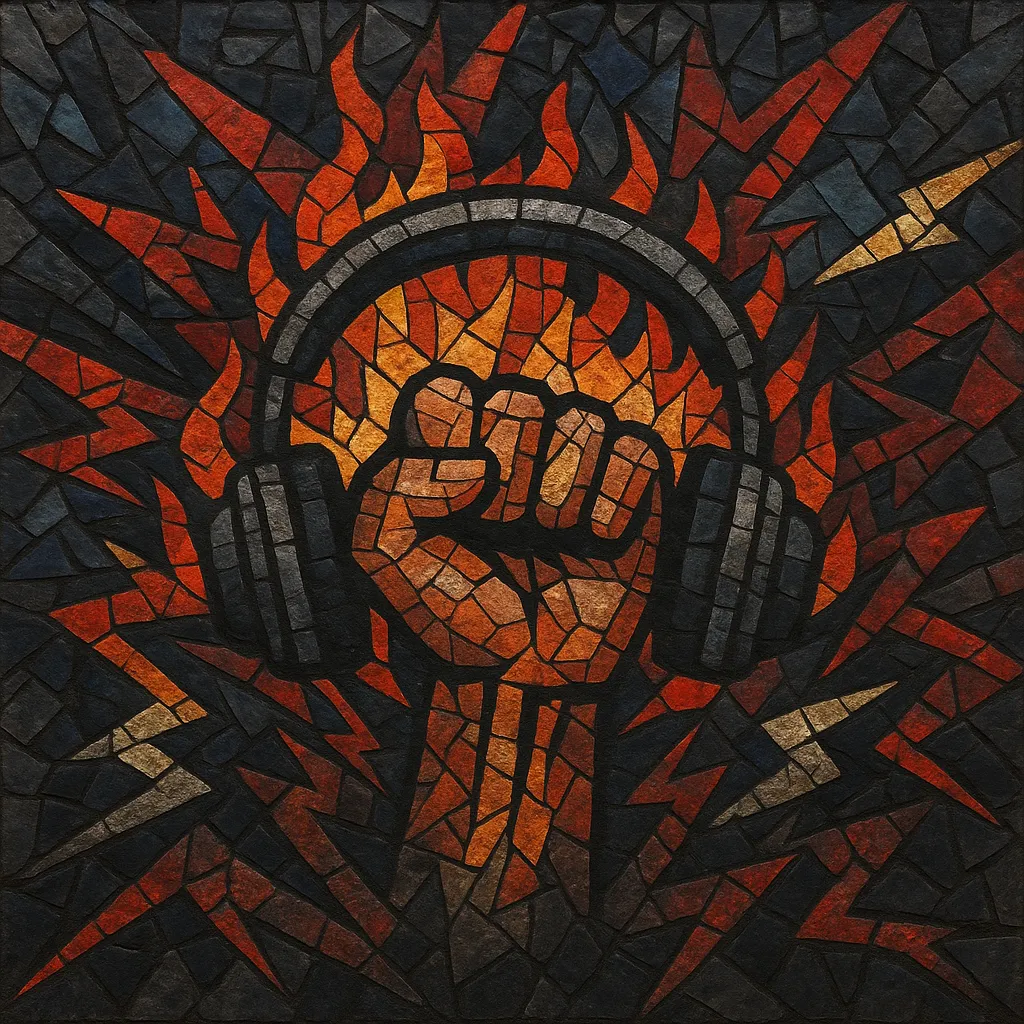Hard trap is a high-octane branch of trap that fuses the halftime bounce and 808-centric weight of hip hop with the sound-design aggression and build–drop architecture of festival EDM.
Typically sitting around 145–160 BPM (often 150 BPM in halftime), it features seismic, often distorted 808 subs, razor-edged screech leads borrowed from hardstyle, and explosive, big-room drops. Arrangements emphasize tension-and-release with cinematic risers, snare rolls, and crowd-commanding vocal chops or hype shouts.
The result is trap’s swagger scaled up for main stages: mosh-pit energy, punchy drums, and maximalist synth work designed to hit hard on large sound systems.
Hard trap emerged in the United States as festival-focused DJs and bass producers pushed the then-new wave of trap-influenced EDM toward harder sonics. Building on the crossover success of festival trap, producers began mixing hardstyle’s screech leads and pounding, saturated drums with trap’s halftime grooves and 808 subs. This shift crystalized around the mid-2010s, with LA’s SAYMYNAME widely cited as a key figure popularizing the “hardtrap” banner and aesthetic.
As trap became a festival staple, acts associated with heavy trap drops—alongside hard dance and dubstep artists—absorbed and traded techniques: distorted and sliding 808s, hardstyle-influenced leads, big-room buildups, and cinematic, rap-adjacent vocal tags. The style proliferated across North America and Europe, aided by online sample culture, tutorial ecosystems, and DJ edits that migrated from SoundCloud and YouTube to major stages.
Hard trap remains a go-to for peak-time festival energy, coexisting with hybrid forms that blur lines among dubstep, hardstyle, and bass music. Its influence persists in the broader bass scene, especially in “hybrid trap” and heavy drop-centric productions that keep the halftime feel while constantly updating sound-design tricks and arrangement playbooks.


